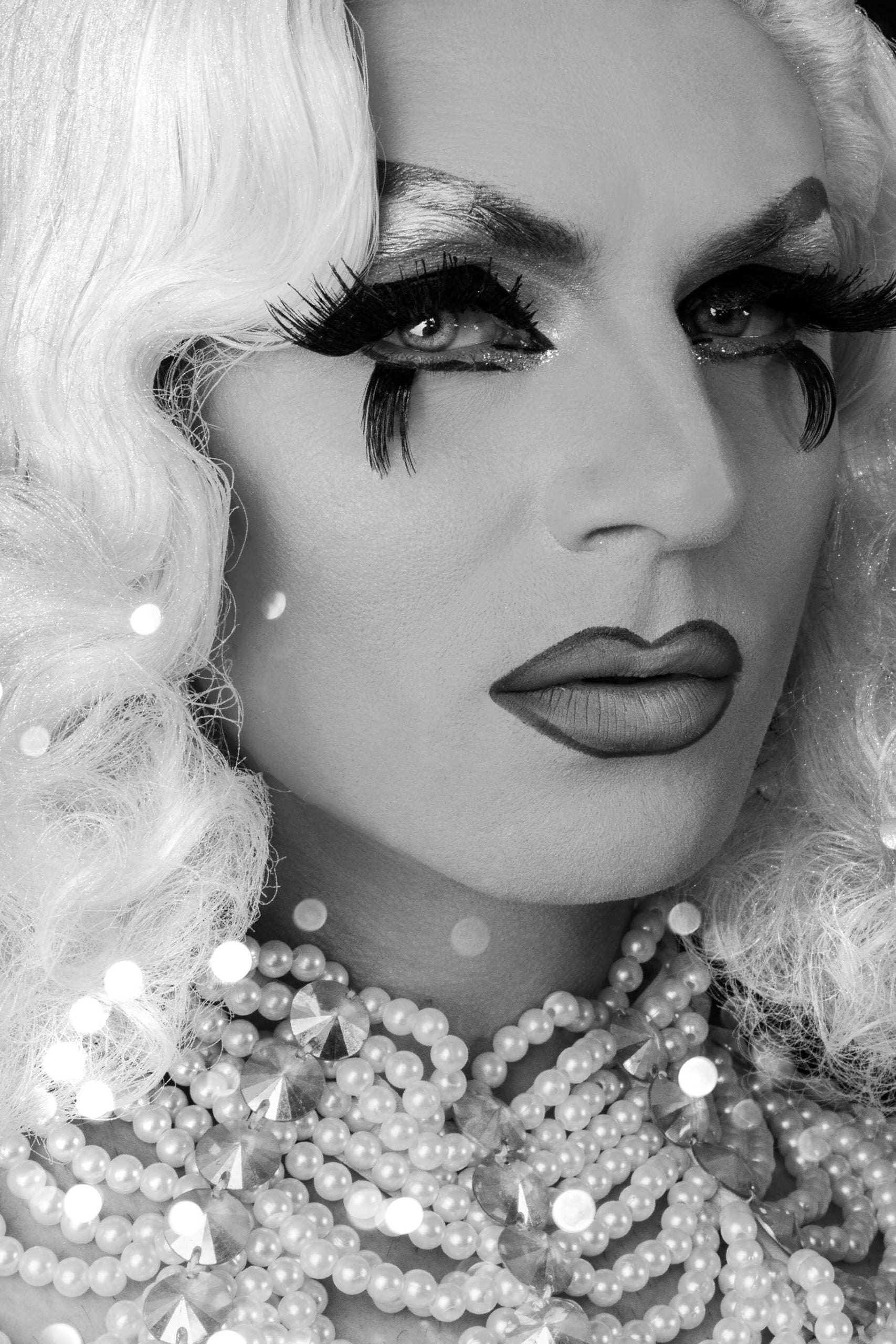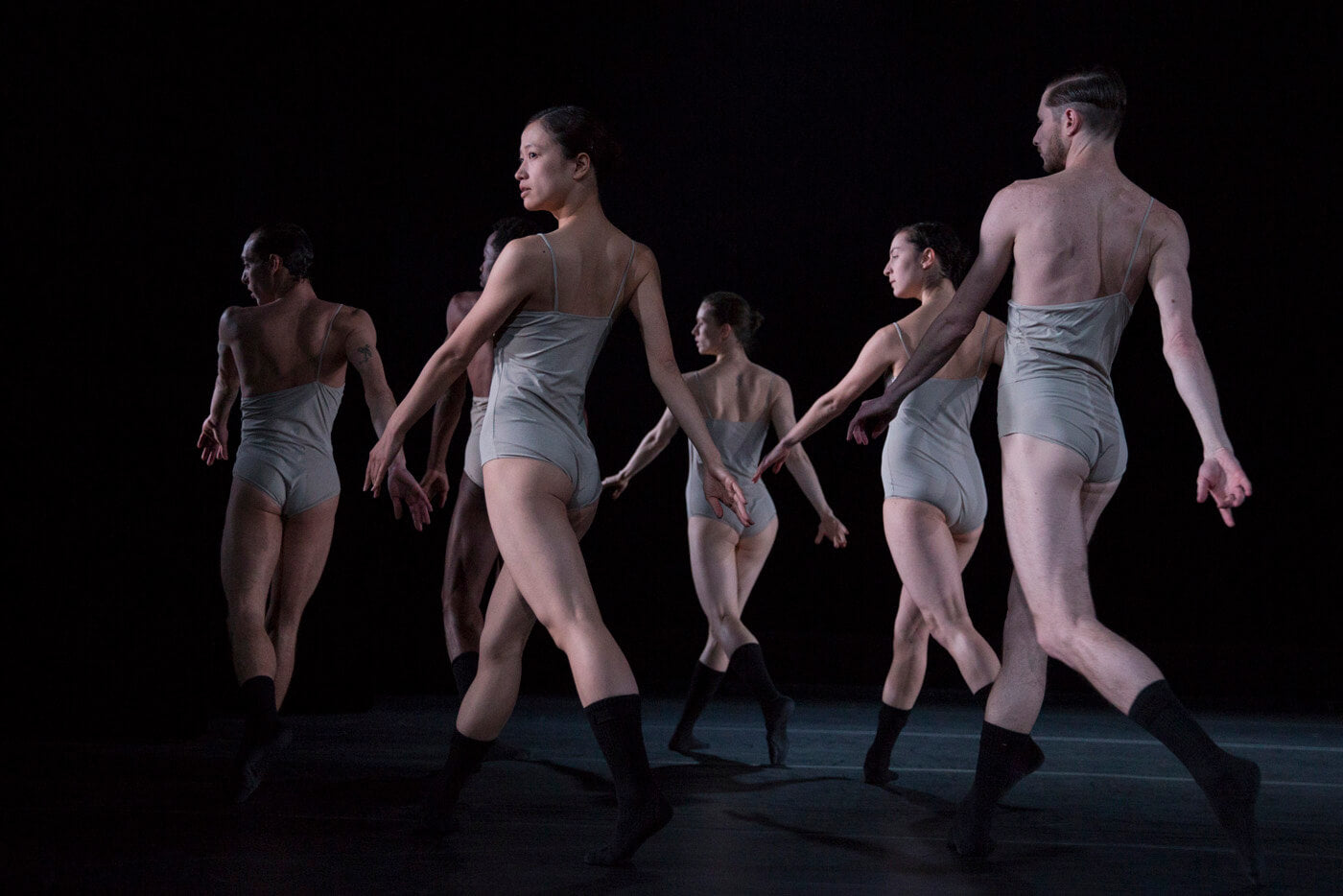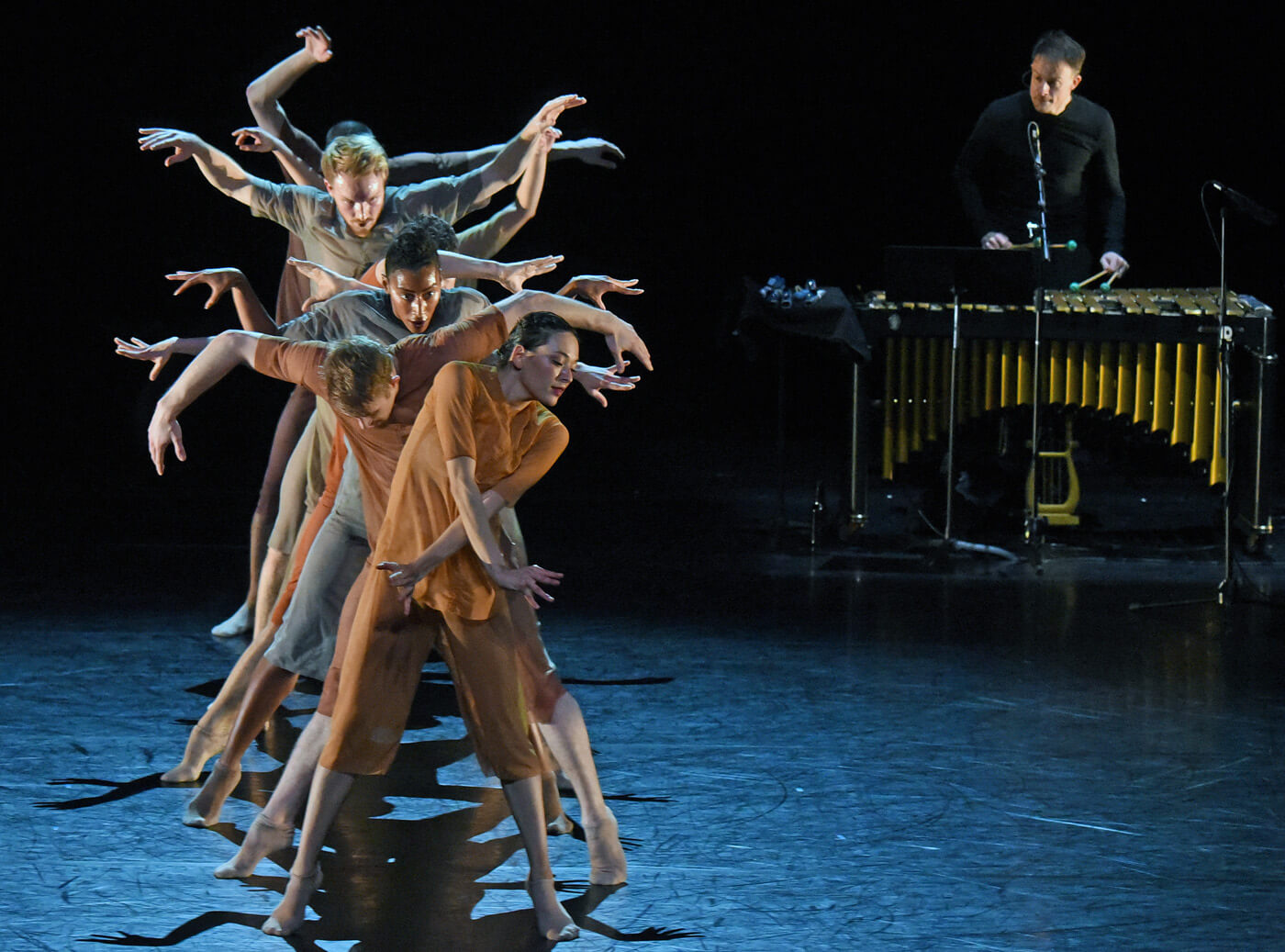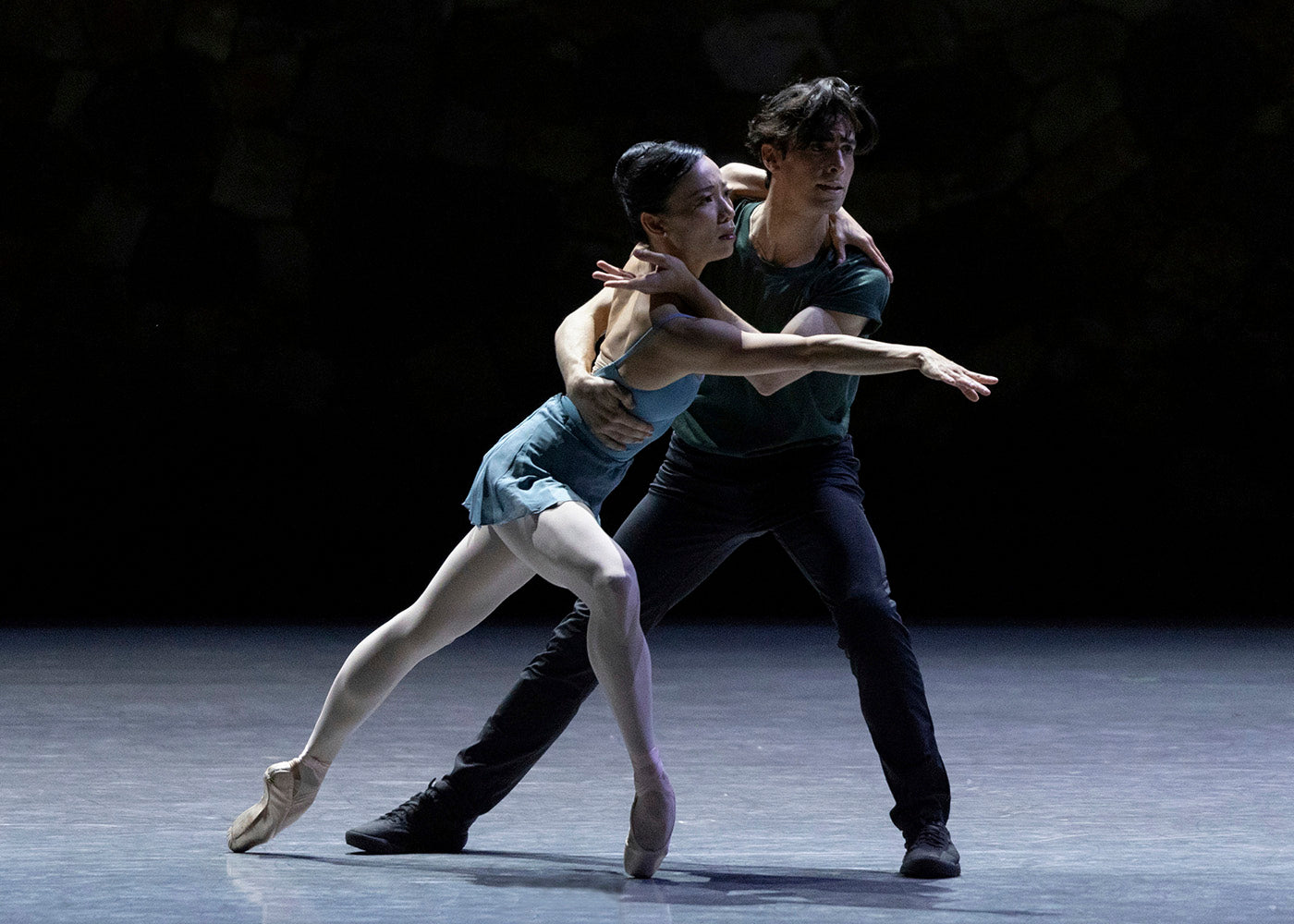Briefly Dark, Then Light and Bouncy
BODYTRAFFIC, the ten-year-old Los Angeles-based dance troupe, is touring nationally and made a stop at Scottsdale Center for the Performing Arts recently. The show featured two choreographers with Philadelphia connections. Sidra Bell, who teaches at the University of the Arts, and BalletX co-founder and Pennsylvania Ballet resident choreographer, Matthew Neenan. BODYTRAFFIC returns to Philadelphia’s Annenberg Center in April with a slightly different program that includes the Philadelphia premiere of Neenan’s “A Million Voices.”
Continua a leggere













